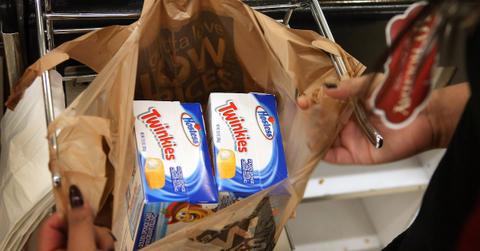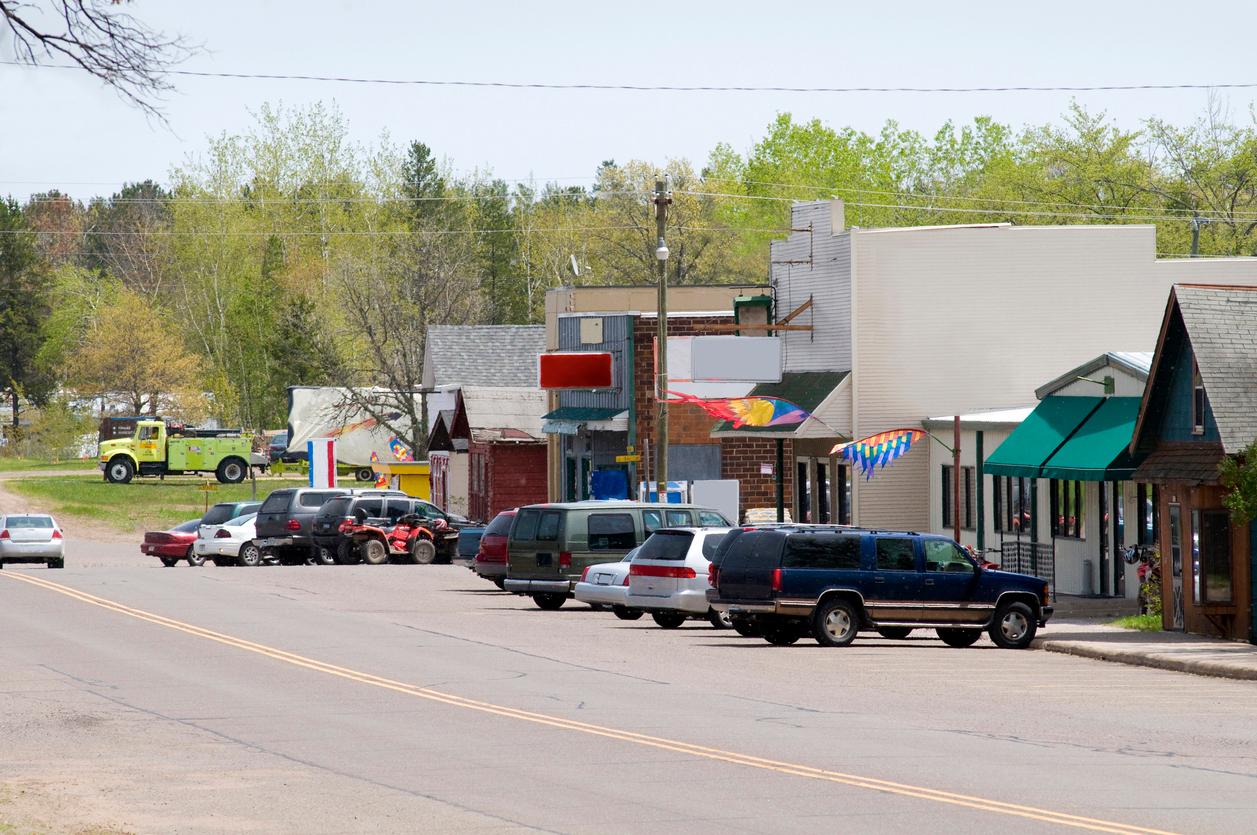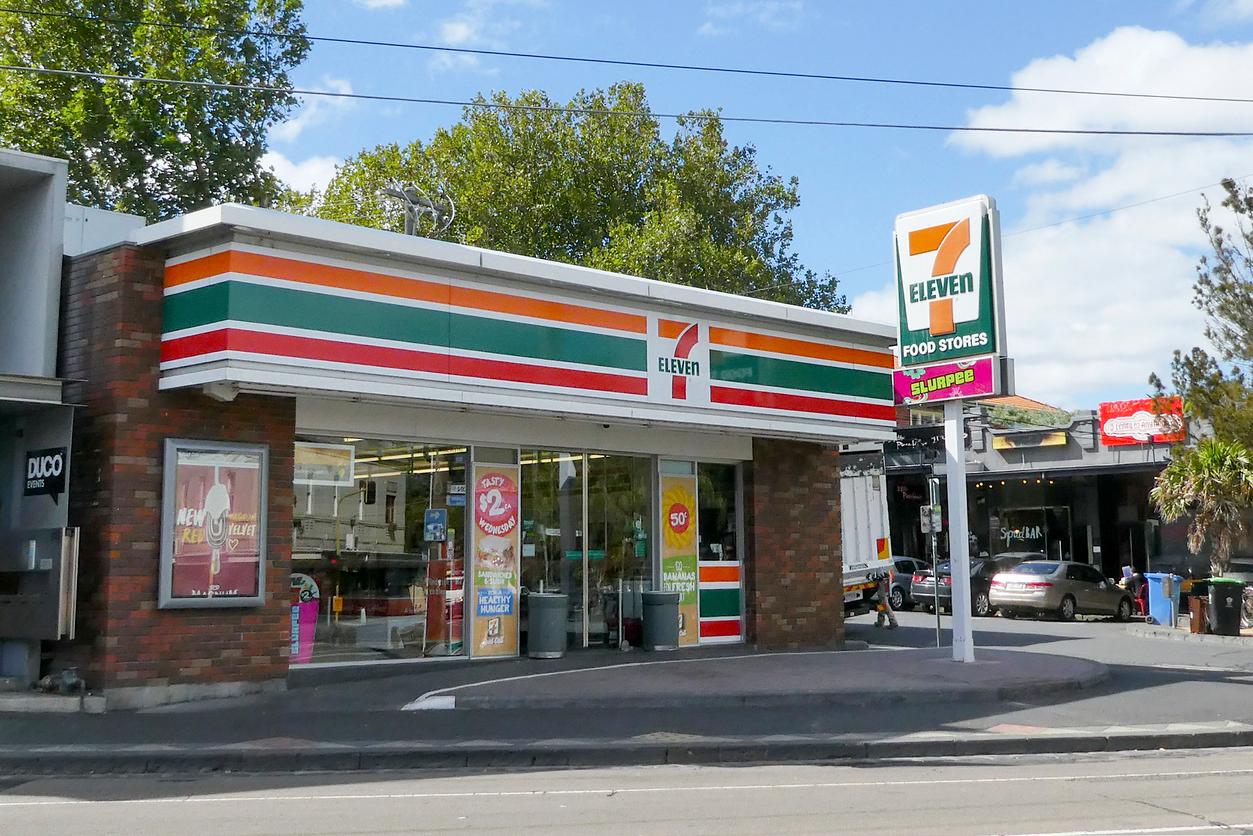Implementing Food Desert Solutions Can Increase Food Security in Communities of Color
Published Nov. 9 2022, 12:57 p.m. ET

The concept of having access to food might seem simple — you either have it, or you don’t. But for many, it’s a little bit more complicated than that.
In food deserts, community members don’t have access to grocery stores that sell affordable and nutritious foods, but they might have access to highly processed foods full of sugar or sodium. There are different food desert solutions that can be implemented, but we have to understand the causes in order to determine a starting point.
What are the causes of food deserts?

In most situations, food deserts are caused by a lack of grocery stores. Supermarkets that provide healthy food tend to be located in areas that are deemed "risk-free."
In high income areas, grocery stores are almost always available. Low-income areas and families are likely to lack access to these resources, according to the USDA. And while some people in low-income neighborhoods still have the option to drive to supermarkets, many don’t own a vehicle.
Consumer demographics, economic characteristics, zoning rules, and crime all play a role in whether or not a grocery store will be built in a certain area.
Food desert examples:
The USCCR examined the distance between grocery stores and communities of color. In the report, the government agency found that communities of color were disproportionately affected, with Black families being the most negatively impacted.

The report stated:
“Food access is particularly bad in African-American neighborhoods because of a lack of full-service supermarkets, whether independent or chain. Food access in Hispanic communities is generally better than in African-American neighborhoods due to the presence of independent and small chain supermarkets, but full-service chains are missing. Changes between 2005-2007, in general, have brought more discount stores, but few others, to African-American communities.”
Residents in the report expressed many concerns. Some showed concern about the availability and quality of fruits and vegetables and even worried that items were being marketed toward them differently (e.g. unhealthy options being at the forefront of the store).
Community members also reported bad shopping experiences and conditions. Many explained that stores had poor upkeep and customer service, and that there were issues outside too, like nearness to liquor stores and violence.
How do food deserts affect nutrition?

Without access to affordable and nutritious food, people’s health can be negatively impacted in different ways. If local community members have to rely on smaller convenience stores for food, they most likely aren’t going to have a ton of options.
This situation can cause people to have poor diets and diet-related conditions, according to the USDA. Health conditions such as obesity, diabetes, or cardiovascular disease are more likely due to a diet comprised of highly processed foods and frozen meals.
A lack of nutrition can make it hard for people to live a healthy and active life. According to the Monarque Health and Wellness Center, without proper nutrients, people might have less energy, a weakened immune system, and lower quality sleep.
Having access to food that supports a healthy lifestyle is extremely important to every person’s development.
Food desert solutions:

Increasing fast-food chains and convenience stores will not help impacted communities. Instead, incentivizing supermarkets and grocery stores to move to food deserts, supporting healthy options in small stores, and encouraging local farmer's markets are helpful interventions, according to the NIH.
Big grocery stores tend to be located in areas where economic return is guaranteed. If these bigger corporations took a chance in food deserts, it could make a huge difference — more people would have access to affordable food options that are fresh and healthy.
Working with small local stores can also help improve access to nutritious food. Interventions can put an emphasis on promoting healthy eating and marketing those products better. This can encourage people and make it easier to eat better.
Farmers markets are also a great way to directly serve the community. When these markets are located in central areas, they provide an accessible way for people to get fresh produce.
Working to improve access and resources in food deserts is an essential step towards food security and equity.